Sculpture, Music, Dance and Painting
The art of making bronze sculptures reached its zenith during this period. Exquisite pieces of Gods and Goddesses of the Hindu belief were made. Although all the images are outstanding, one particular image that adorns many a museum in the world galleries is the image of Nataraja. The lord’s image is often referred as the representation of the cosmic dance.
Method of making the image/idol was called as ‘lost wax’ process. Bees wax and kungilium are mixed with a little oil. It is kneaded well. From it, the necessary figure is made. All the minute details are fashioned into it. This is the wax model original. The figure is made according to the Silpa Sastra. The dimensions, the proportions, the pose, the ornaments, the mudras and the bhavas are all followed very carefully. Clay from a termite-hill is made into a paste and the entire figure is coated with it over and over again until the mould is of a necessary thickness. Then the whole thing is dried. After that the clay-mould with the wax-mould is baked over an oven with cow-dung cakes. The wax-model melts and flows out. Some of it vaporizes. Now the clay-mould is empty and ready.
The metal alloy of bronze is melted and poured into the mould. This particular bronze alloy is known as “Pancha Loham”. When the metal has filled all crevices and has settled and hardened and cooled, the mould is broken off. The bronze figure is thus obtained. It is then cleaned, finer details are added and blemishes are removed, smoothened, and polished well. So, there will be only one specimen of that particular work done by that sculptor, and it cannot be molded or copied.
Paintings
As much as the bronze images and the towering temples have stood the test of time, availability of paintings are not many. But the walls of the passage in the Big temple are covered with panels of paintings.
Paintings of the Chola period were in fact later covered by the Nayak painting, which was discovered later. The paintings portray: King Rajaraja and his spiritual guru Karuvoor Thevar, life of Sundaramurthy Nayanar, Rajaraja and his queens worshipping Nataraja, Lord as Tripuranthaka.
Murals also depict intricate dance pose, two identical dancers with precise hand gestures and a group of six artists in a performance.
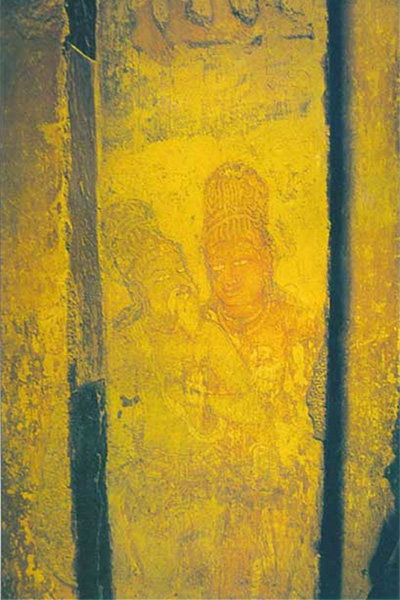 Dance and music
Dance and music
From the recording of sculptures of ‘karanas’ we understand that they must have been very popularly and meticulously performed.
The Chola kings patronized dance and music and it was a golden period for all arts and artists. Recordings give us an account of nearly 400 dancers (called as Thalichcheri-pendugal) and 100 accompanying artists, being brought from various parts of the kingdom and were put to temple service, in the Tanjavur temple, during the reign of Rajaraja. They were allotted land and houses around the temple. Such donations were called kooththuk-kaani and nattuva-chavadi. The names, remuneration, row and street and house number are all found in the inscriptions of the temple. The accompanying artists were: Nattuvanaars, Vangiyam players, Udukkai players, Veena players, Aariyam vocalists, Tamizh vocalists, Kottimaddalam players and muththirai sangu blowers.
50 singers were chosen to recite Thevaaram hymns daily, before the Lord. The Thevaara pans were preserved and their practice and performance propagated to the next generation.
There is also mention of drama, “Rajarajeswara naatakam” being enacted in the Big Temple. There is also mention of Tirupurantaka dance-drama, Ravana Anugraha dance-drama, Dance-drama on Saint Sundarar.


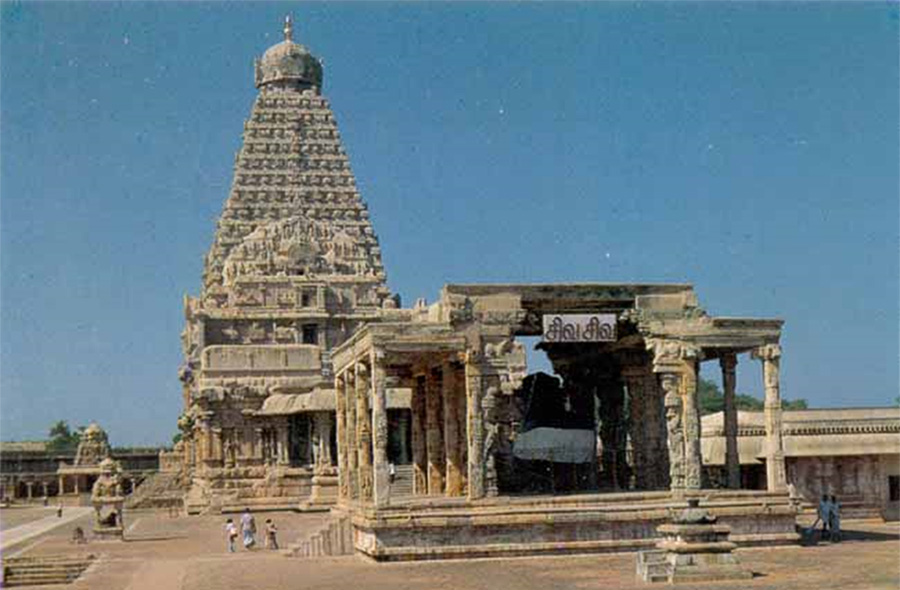
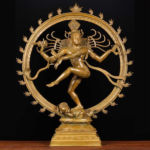
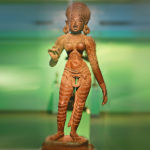
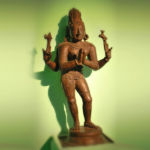
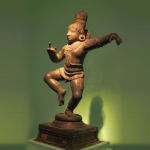
One comment for “11th Century AD – Part II”
Arunakumari
Awesome, Lakshmi! kudos to you!